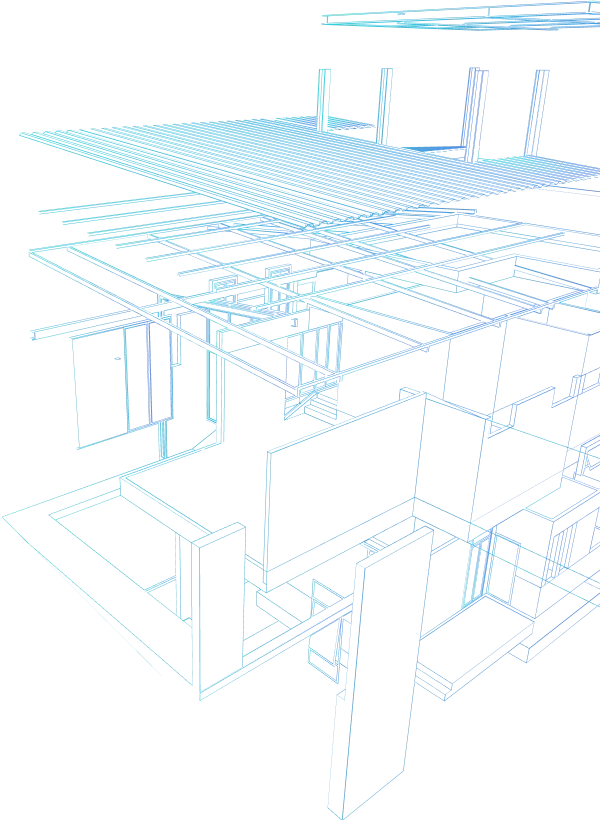NEW CANAAN, Conn., Sept. 10, 2024 (GLOBE NEWSWIRE) — NewLake Capital Partners, Inc. (OTCQX: NLCP) (“The Company” or “NewLake”), a leading provider of real estate capital to sta...
6 Steps to Nailing Remote Airbnb Management


What makes Airbnb management such a lucrative opportunity? For starters, the platform boasted an impressive 7.7 million listings managed by 4 million hosts in 2023.
Additionally, with a 40% revenue surge driven by guest satisfaction and repeat bookings, it’s clear that the short-term rental giant is thriving.
However, in today’s digital world, a common question we encounter is “Can you manage an Airbnb remotely?” Thanks to modern technology and strategic planning, it’s entirely feasible to oversee your Airbnb from afar without sacrificing service quality.
This guide will walk you through six essential steps on how to manage an Airbnb remotely, ensuring a seamless experience for both you and your guests.
Key Takeaways
- Remote Airbnb management is possible with the right tools and strategies.
- Investing in the right software, setting up the right technology, and hiring reliable local service providers, can streamline your remote Airbnb management.
- Setting up self-check-in procedures and guest books are great ways to enhance guest experiences.
- Weighing the pros and cons of managing remotely versus hiring a local manager can help you decide the best approach for your property.
Step 1 – Invest in the Right Software
Investing in the right software is important for managing an Airbnb remotely. Property management software (PMS) can streamline operations, from booking management to guest communication.
Platforms such as Guesty, Hostfully, and Lodgify offer comprehensive solutions that integrate with major booking channels, providing a centralized dashboard to manage reservations, pricing, and availability.
Additionally, automated messaging systems can handle inquiries and send check-in instructions. This can reduce the time spent on guest communication. Plus, you can use dynamic pricing tools to help optimize rates based on demand, seasonality, and local events.
Step 2 – Setup a Self Check-In Procedure
A self-check-in procedure is a must for managing an Airbnb remotely. Smart locks and keyless entry systems, such as those from August, Schlage, or Yale, allow guests to check in and out without requiring your physical presence.
When offering self check-in, provide a step-by-step guide, including pictures or videos if possible, to help guests navigate the check-in process. This can include directions to the property, parking information, and how to use the smart lock or keyless entry system.
Additionally, consider having a backup plan in place, such as a lockbox with a physical key, in case of technical issues with the smart lock. This ensures guests can still access the property without any hassle.
Step 3 – Hire a Reputable Cleaning & Maintenance Company
Maintaining cleanliness and addressing maintenance issues are important for any Airbnb property, especially when managed remotely. Hiring a reputable local cleaning and maintenance company ensures your property remains in top condition between guest stays.
Be sure to establish clear communication channels and set expectations with your cleaning and maintenance team. Also, consider using scheduling software to coordinate cleanings after each guest checks out and conduct routine inspections to address any potential issues.
In addition to regular cleaning, be sure to get a reliable maintenance team on call to address unexpected issues, such as plumbing problems or appliance malfunctions.
Step 4 – Setup Monitoring & Security Systems
Installing security cameras in common areas and exterior spaces can help you monitor the property remotely and deter potential intruders. Be sure to comply with local laws and Airbnb policies regarding camera placement and privacy.
Additionally, smart home devices, such as smoke detectors, carbon monoxide detectors, and water leak sensors, can alert you to potential hazards in real-time. These devices can be monitored through apps, which allows you to take immediate action if an issue arises.
It’s also beneficial to have a local contact, such as a neighbor or friend, who can check on the property if needed.
Step 5 – Create a Guestbook
Creating a detailed guestbook can reduce the number of questions and issues guests might have during their stay, freeing up your time and ensuring a smoother experience.
This digital or physical guide should include essential information about the property, such as Wi-Fi passwords, operating instructions for appliances, and house rules.
Additionally, provide recommendations for local attractions, restaurants, and activities to help guests make the most of their stay.
Step 6 – Automate Repetitive Tasks
Automation is key to managing an Airbnb remotely effectively. Automating repetitive tasks, such as guest communications, cleaning schedules, and review requests, can save time and reduce the likelihood of errors.
Automated messaging systems can send pre-written responses to common inquiries, such as booking confirmations, check-in instructions, and reminders about house rules. This ensures consistent and timely communication with guests.
Additionally, cleaning schedules can be automated using software that syncs with your booking calendar, ensuring the property is cleaned and prepared for the next guest without manual intervention.
Should I Manage Remotely Or Hire a Local Airbnb Manager?
Once you’ve learned how to manage an Airbnb property remotely, you may want to explore your management options.
If you have multiple properties or a full-time job, hiring a local manager might be more practical. They can handle day-to-day operations, guest interactions, and emergencies.
On the other hand, if you prefer to be hands-on and have the time and resources to invest in the right tools and systems, managing your Airbnb remotely can be a cost-effective option.
Consider your comfort level with technology, availability, and the reliability of local services when making this decision. The choice depends on your specific circumstances and goals.
Here are the pros and cons to consider:
Managing Remotely
Pros:
- No need to pay a local manager’s fees.
- Direct control over all aspects of the property and guest interactions.
- You can leverage various property management software, smart locks, and automated messaging systems.
Cons:
- Requires significant time investment in managing bookings, guest communications, and resolving issues.
- You have a lack of immediate local knowledge and presence to handle emergencies or special requests.
- Remote technology can sometimes fail or require troubleshooting.
Hiring a Local Manager
Pros:
- Local managers have in-depth knowledge of the area and can handle guest inquiries and issues more effectively.
- Frees up your time as the manager handles day-to-day operations, guest communications, and emergencies.
- Personal touch and local presence can enhance guest satisfaction and lead to better reviews and repeat bookings.
Cons:
- Hiring a local manager can be expensive.
- Delegating management means less direct oversight and potential differences in service.
- You must depend on the reliability and effectiveness of the local manager, which can vary.
Bottom Line
By investing in property management software and technology, you can provide a seamless experience for your guests.
But first, evaluate your situation to decide whether managing remotely or hiring a local manager is the best fit for you.
Similar Articles
Explore similar articles from Our Team of Experts.


DALLAS, August 28, 2024 (Newswire.com) – Earlier today, Tom Ferry took the stage in front of thousands of agents at his annual Success Summit to announce the release of TomAI+: a suite...


NAPLES, Fla., July 01, 2024 (GLOBE NEWSWIRE) — Premier Sotheby’s International Realty is pleased to announce that Adam Kaufman has joined the company’s leadership team as senio...


hh2 Cloud Services names Julia Barnette as VP of Agile Delivery. With 18 years of management, she speeds up feature delivery and strengthens agile processes. It’s about collaboration and c...


LOS ANGELES, Aug. 05, 2024 (GLOBE NEWSWIRE) — Affirmed Housing, a leading provider of affordable housing throughout California, announces the grand opening of Lumina. Located in the Ch...


